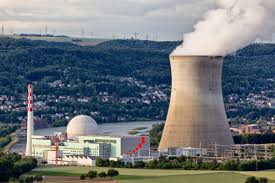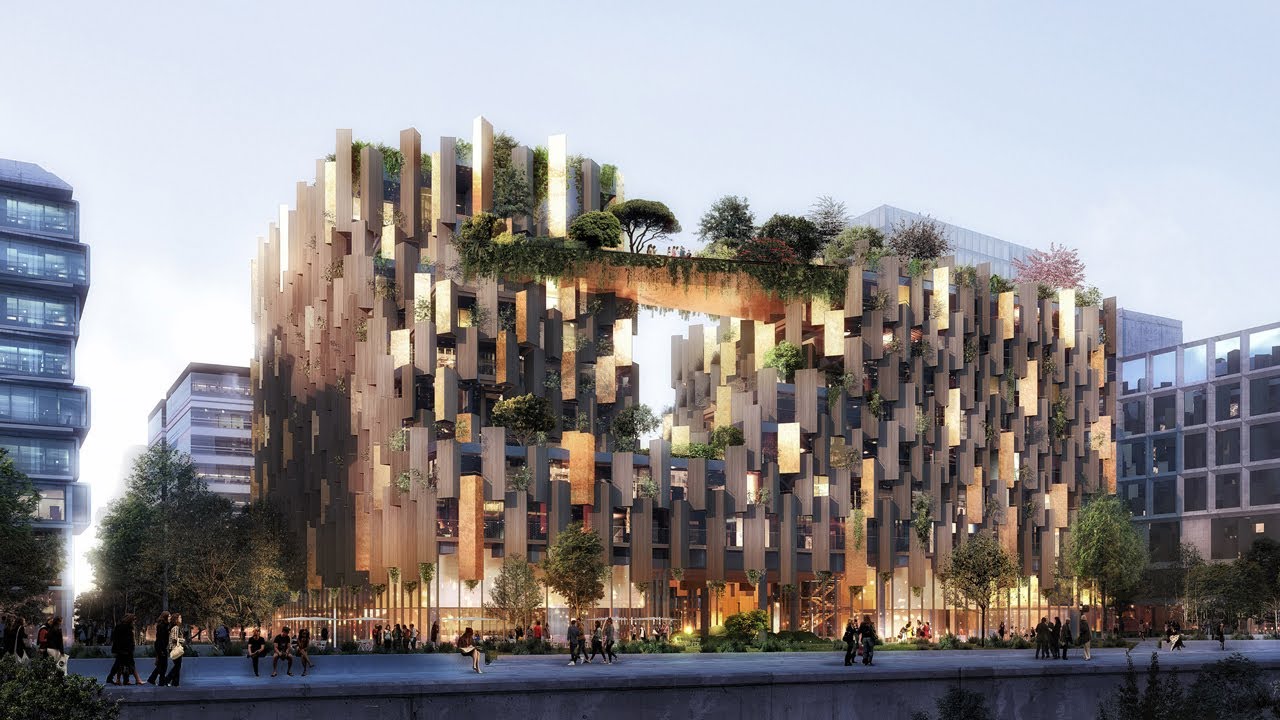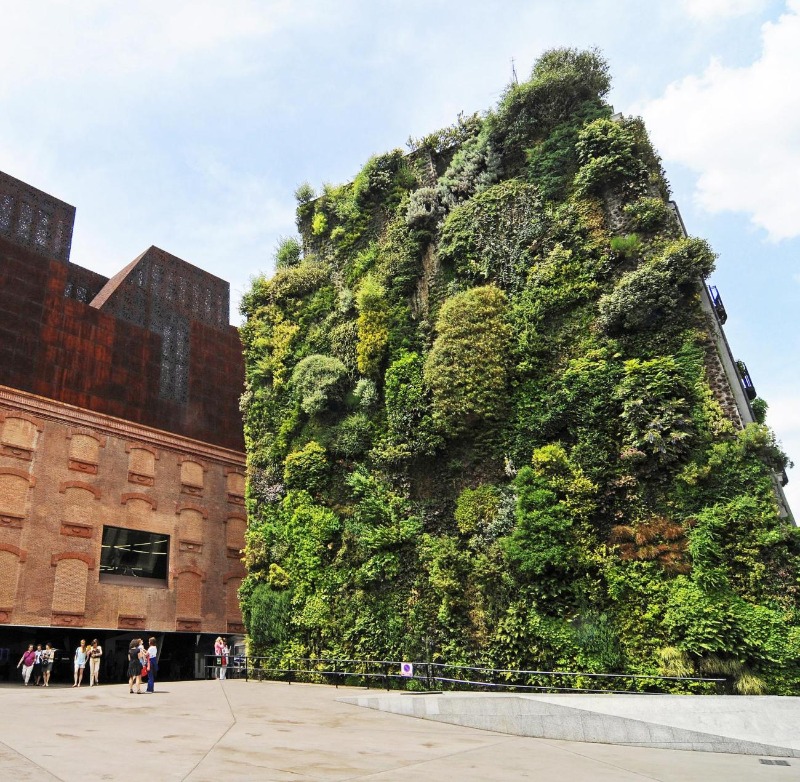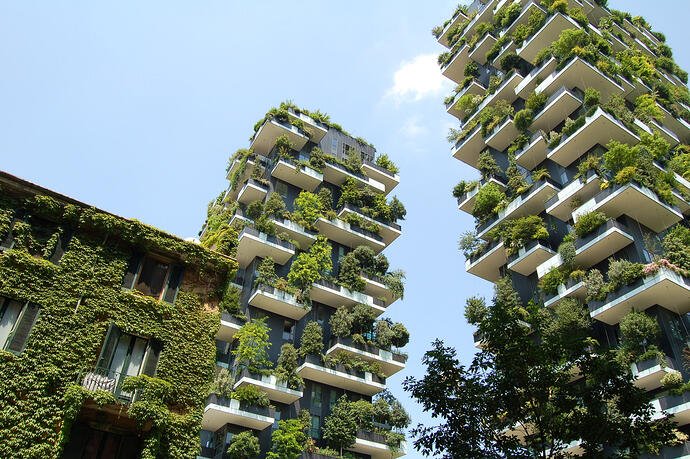Rüti operates a wastewater treatment plant (WWTP) in Gruebensteg for about 14,500 inhabitants (approx. 16,750 population equivalents, including industry and commerce). The municipalities of Dürnten, with the village part Tann (2,650 inhabitants) and Bubikon, area Kämmoos-Egelsee (350 inhabitants) are involved.
In rainy weather, up to 250 l/sec of wastewater can be fed to the WWTP. Larger quantities are retained in rainwater tanks and later fed into the WWTP. After the 3-stage, i.e. mechanical-biological-chemical treatment, the wastewater is discharged into the Jona. Every year, about 11,500 m3 of digested sludge is dewatered and sent for incineration. The digester gas produced is processed in a combined heat and power plant and the electrical energy generated, approx. 250,000 kWh per year, is fed into the Rüti public utility grid. The waste heat is used to heat the digester rooms and the plant operation.
The WWTP was expanded between 1989 and 1994 and has been adapted to the new regulations to date. In the future, too, adjustments and renovations will be necessary on an ongoing basis due to new findings. Current planning extends to the year 2020 and anticipates a load of up to 20,000 PE.
[picture has to be uploaded correctly]
In an average week Justin consumes about 3 Döner. How many hours could Justin have operated an LED lamp with the energy he consumed ?
100g of Döner contain 770 kJ
1 Döner is about 330g
the energy consumption of an average LED lamp is about 60 Wh per hour.
(1 Wh = 3600 Ws (Wattsekunde) = 3600 Joule = 3,6 Kilojoule (kJ).
Nuclear energy is one of Switzerland's most important sources of energy. 35 % of total electricity generation is derived from nuclear energy. Currently, three locations operate four reactor units. Switzerland is one of 13 countries that generate a quarter of its energy from nuclear power. In an international comparison, our nuclear power units perform very well, as we carried out strict checks after the disaster in Fukushima.

The reactor units have a total capacity of 3,095 megawatts. That is 3'095'000'000 watts, for comparison: 1 gram of water can be heated by 14.3 degrees Celsius with 1 watt.
Nuclear energy is very controversial in Switzerland; 9 referendums have already attempted to force the phasing out of nuclear energy. The construction of new nuclear power plants was banned in 2017. Nevertheless, a clear majority of 64% supports nuclear energy as long as it can be generated safely. In the future, this will initiate the gradual phase-out. That makes Switzerland, together with Germany, the only Nations who are actively phasing out nuclear energy.
Quiz question:
Which of these countries has the most reactor units?
☐ China
☐ Russia
☐ France
The solution is France with 58 reactors.
Vocabular:
referendums -> Volksinitiative
Sources:
Kernenergie in der Schweiz (Wikipedia.org)
Kernenergie weltweit (Kernenergie.ch)
Abstimmungen KKW (uvek.admin.ch)
Vocabular:
referendums -> Volksinitiative
Dario & Justin
Working with Wordpress to publish our work was not as hard as we expected. In fact we were quite fast and were able to make our result pretty good-looking. If our teacher is pleased with our work we are ready to go live. After that we are going to write a reflection of the project on the horse (befter step 5).
Justin & Dario
Durin the befter step 4 "Shape & Create" we produced a lot of self-made text, media and calculations. Only the picture of the building made out of rammed earth wasn't made by ourselves.
The Effect of building materials on the environment
Climate change has been on everyone’s lips for some time. It is clear that measures must be taken to slow down global warming. An important part of the change must happen in the building industry, because it has a direct impact on our environment.More...
In very densely populated cities like Zurich, the many buildings have an immense impact on the city's climate and the environment. Based on this knowledge, we see it as important to think about the previous construction of buildings.
In our project we would like to show the difference between the building material and the surface of different buildings. We investigate and compare common building materials with each other, as well as different possibilities of surface texture. From this, we create two models which are the best and worst combination and what differences they represent for the climate. The focus is on the lifecycle of the different building materials and the resulting consequences for the environment and climate.
Taking into account various factors to determine the models there may be different results depending on the location. As a team based in Zurich, we create the model from a Swiss perspective. A cooperation to see a different point of view and therefore different insights could be quite useful.

Justin & Dario
Our research is divided in two areas, one for each part oft the project. The aim of both areas is to determine which factors are vital to find out which building material is the best and which facade ist he best.
In the first part we came to the conclusion, that there are several properties we need to consider to determine the optimal building material:
Ecological properties of building materials :
- Energy requirements for production, transport and disposal
- Pollutant emission during production, processing, use and disposal
- Use of recycled material
- durability, easy to repair
- Reusability
- Regionality
Furthermore we already searched for the conventional building materials that we could use to create the model. We will use the following building materials for our model:
- Natural stone
- Brick
- Concrete
- Steel
- Wood
In the second part we looked for factors to measure the impact of the different facades on the climate. We found out that the microclimate is crucial for our project. The microclimate is the climate close to the ground up to a height of 2 metres, or the climate that prevails in a small, precisely defined area. In our case we observe the microclimate of a city
Regarding the microclimate, the reflection of the facade is decisive. In the past, there has been criticism that glass facades can produce a very hot reflection of up to 100 degrees, which is extremely harmful to the microclimate. Currently, the impact of microclimate is not taken into account when distributing sustainability certificates. The reflection causes the floor to heat up critically. It also turned out that planted facade, according to our expectations, the optimal facade is, while glass will be one of the worst.

https://www.fachwerk.erz.be.ch/fileadmin/user_upload/Downloads/Module/Modul4.pdf
https://www.energie-experten.org/bauen-und-sanieren/baustoffe
https://klima.org/wissen/mikroklima/
http://www.gruenstadtklima.at/mikro.htm
https://www.espazium.ch/de/aktuelles/glasfassaden-eine-gefahr-fuer-ihre-umgebung
https://www.oekologisch-bauen.info/baustoffe/dach/fassadenbegruenung/#:~:text=Die%20positiven%20Auswirkungen%20einer%20begrünten,Umgebungsluft%20gebunden%20und%20Sauerstoff%20gebildet.
https://www.urban-hub.com/de/sustainability/innovative-baumaterialien/
https://www.umweltnetz-schweiz.ch/themen/ressourcen/33-beton-–-bauökologisch-sinnvoll.html
Justin & Dario
The fundamental question we face with our project is: "Which builiding material combined with which surface results in the best combination for buildings in city considering the impact on climate and environment?" In addition we ask ourselves which is the worst combination to determine the difference.
The answer to this question is really complex and requires a lot of research to answer it finally. From our point of view at the beginning of the project we think that a combination between natural stone as a building material and a planted facade will be the optimal concept. As the worst combination we imagine a combination between concrete and a dark surface which reflects strongly. The difference between these two models considering climate and environment will be huge, thats for sure.
Justin & Dario
In very densely populated cities like Zurich, the many buildings have an immense impact on the city's climate and the environment. Based on this knowledge, we see it as important to think about the previous construction of buildings.
In our project we would like to show the difference between the building material and the surface of different buildings. We investigate and compare common building materials with each other, as well as different possibilities of surface texture. From this, we create two models which are the best and worst combination and what differences they represent for the climate. The focus is on the lifecycle of the different building materials and the resulting consequences for the environment and climate.

Justin & Dario
In the future, Cryptocurrencies will revolutionise entire economic sectors. In our project we want to take a closer look at the consequences this will have for the economy and the environment.
In particular we want to address the following issues:
- How does the Blockchain work and what makes it a Gamechanger?
- Which economic sectors will be revolutionised by the block chain?
- What consequences will the use of the technology have on the environment?
- Why does Facebook want its own crypto currency and what would its success mean?
- What impact do crypto currencies have on the banking system?
The following audio describes the project idea in more detail:

Justin & Dario